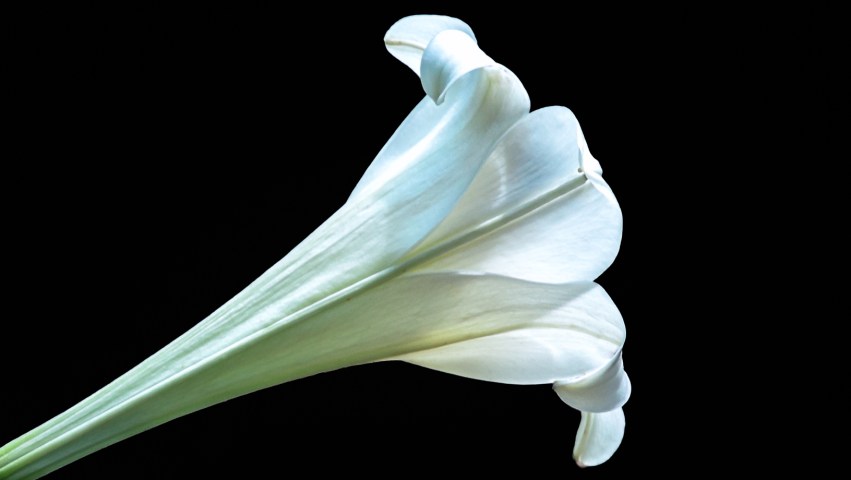From “Old Pictures” in Living, Thinking, Looking by Siri Hustvedt:
“Photographs have long been seen as markers of the past, a way of preserving what was in what is….
“Unlike paintings, which can invent a subject, photographs preserve a subject in a real moment in time. Despite the fact that well before the era of Photoshop, camera images were manipulated (remember the Cottingley fairies), it is an idea that has had long-standing power. What fascinates me most about photographs are their personal and public uses as tokens of memory and the fact that their efficiency, or lack of it, in terms of seeing and remembering, works precisely to the degree that they are not like visual perception and memory in the brain. Photographs are produced mechanically, which means that, unlike painting, they are created outside human perception, but, like paintings, they exist as representations outside our bodies. At the same time, we look at photographs with our eyes. The vagaries of human vision apply to photos just as they do to all other perceived objects….
“Perception and its crucial cohort, memory, are complex dynamic systems in the brain and have both implicit (unconscious) and explicit (conscious) features. Although scientists once subscribed to a primitive notion of memory storage — you perceived an object and then lodged it intact in your memory — neuroscientists now believe that when you retrieve a memory, you are not retrieving an original memory but rather the memory you last retrieved. In other words, we edit. Memory changes. It is now obvious that the brain is not a camera; it is not a computer; it is not a machine. Despite the fact that new technologies are developing seeing-machines that can recognize people and objects, and many of us work with remembering-machines, our computers, every day, there is little lust for machines that, to use the neuroscience term, reconsolidate memories over time, that unknowingly rewrite or reconfigure the scenes and faces of the past. Digital alteration is a tool for the conscious, not the unconscious mind.”
From “Fairies” by Rose Fyleman in The RHS Book of Garden Verse by the Royal Horticultural Society:
There are fairies at the bottom of our garden!
It’s not so very, very far away;
You pass the gardener’s shed and you just keep straight ahead —
I do so hope they’ve really come to stay.
There’s a little wood, with moss in it and beetles,
And a little stream that quietly runs through;
You wouldn’t think they’d dare to come merrymaking there —
Well, they do.
There are fairies at the bottom of our garden!
They often have a dance on summer nights….
Hello!
This is the fourth of five posts where I’ve taken this summer’s daylily, lily, and amaryllis photographs, and recreated them on black backgrounds. This post features a first batch of amaryllis.
The previous posts are Daylilies, Lilies, and Amaryllis on Black (1 of 5), Daylilies, Lilies, and Amaryllis on Black (2 of 5), and Daylilies, Lilies, and Amaryllis on Black (3 of 5).
I had never heard of the Cottingley fairies until reading about them in the book of essays by Siri Hustvedt, quoted above. This fascinating episode in the history of photography and image manipulation very nearly sent me down a new rabbit hole — or fairy hole (how rude!) — but for now I stuck with just reading the Wikipedia article and taking a quick look at the book The Coming of the Fairies by Sir Arthur Conan Doyle (of Sherlock Holmes fame) and a few other sources. Having never read a Sherlock Holmes book — I’ve only seen various adaptations of Doyle’s Holmes in films and television series — I didn’t know that Doyle was interested in spiritualism, and, as such, was an early adopter of the fairies-do-exist meme. Doyle was highly influential in his treatment of the images as real, along with Edward Gardner of the Theosophical Society — who infamously stated that the images were “straight forward photographs of whatever was in front of the camera at the time.” This delightful equivocation is a fine example of how ambiguity about manipulated images helps move them into mainstream thought to get treated as realistic, when in fact they are not.
The Cottingley fairies hoax emerged during the late nineteenth and early twentieth century interest in spirit photography, the belief that cameras were capable of capturing images of ghosts and other supernatural entities, though the fairies were posited as real rather than as examples of characters from the spirit world. It was only in the 1980s — recent enough! — that the two girls that created the original five fairy photos publicly admitted they had faked the photographs, despite prior investigations that described how the images had been manipulated. It’s certainly a testament to the enduring power of images — even faked or manipulated images — that the genesis of these five photographs was still being discussed for decades after they were first produced.
I was going to post the five images in a small gallery here, then learned that the copyright status of the images is disputed — they’re not necessarily in the public domain — but you can see them in sequence with a concise overview of their history at The Cottingley Fairies as well as in the Wikipedia article.
Thanks for reading and taking a look!













































































